In the TED talk Danger of a Single Story, Ngozi Adichie shares how impressionable and vulnerable we are in the face of stories, and that it is only through understanding several perspectives that the story is inherently strong. Over the past decade, Homestead National Historical Monument focused its work on balancing the story of homesteading. Homesteading is traditionally told with the view of conquering the prairie and taming the land. Homestead's work is to define and interpret the Homestead Act. At its core, the Homestead Act has an historical and legal function as an Immigration Act. Expanding the homesteading narrative to fully demonstrate the Act’s effect on land ownership on the people living in the United States broadens the impact of the Homestead Act on a global scale. The Act defined ownership, citizenship, and immigration worldwide as its effect included European immigrants, Black homesteaders, women homesteaders and suffragists, and Native Americans.
In essence, the No Such Thing as Free Land project, funded by the Building a More Perfect Union grant program, brought into classrooms a fuller historical story of the people who worked to fulfill the dream of Westward Expansion. By including homesteading stories of Native, women homesteaders and suffragists, and diverse immigrant experiences, a multi-perspective, fuller picture is formed of how land ownership formed the past and present discourse of our nation. By making these historical stories accessible to classrooms, students gained a broader understanding of how the past informs the present.
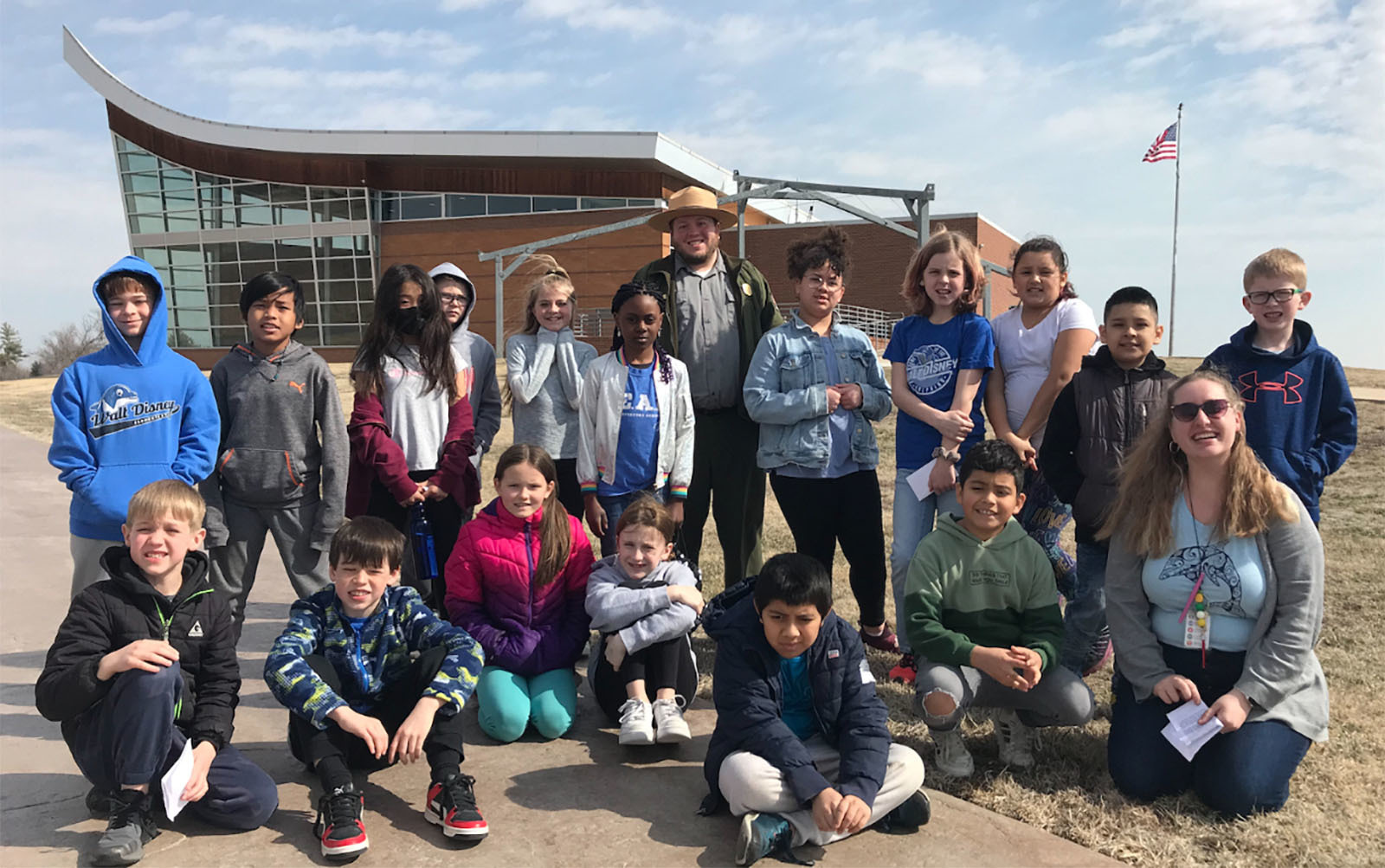
The grant, offered through the National Endowment for the Humanities, brought the Homestead Park historian and rangers together with Nebraska Writing Project teacher-consultants (TCs) to create historically accurate lessons for fourth through twelfth-grade students. Each lesson combined background history, a variety of primary documents, and strategies for the students to write and think critically. The strategies for the lessons mirror the C3WP argumentative writing resources created through the National Writing Project. C3WP centers its practice on examining complexities and multiple viewpoints. By weaving a variety of historical sources, inquiry, and best writing practices, participants were able to unfold a deeper and relational understanding of perspectives that reflected what people experienced during homesteading.
The power of the lessons came from the connections and understanding the students made when given accurate information within a historical context. Student reflection was key in this process, and classroom resources were constructed around opportunities that allowed students to interact with and think through primary resources.
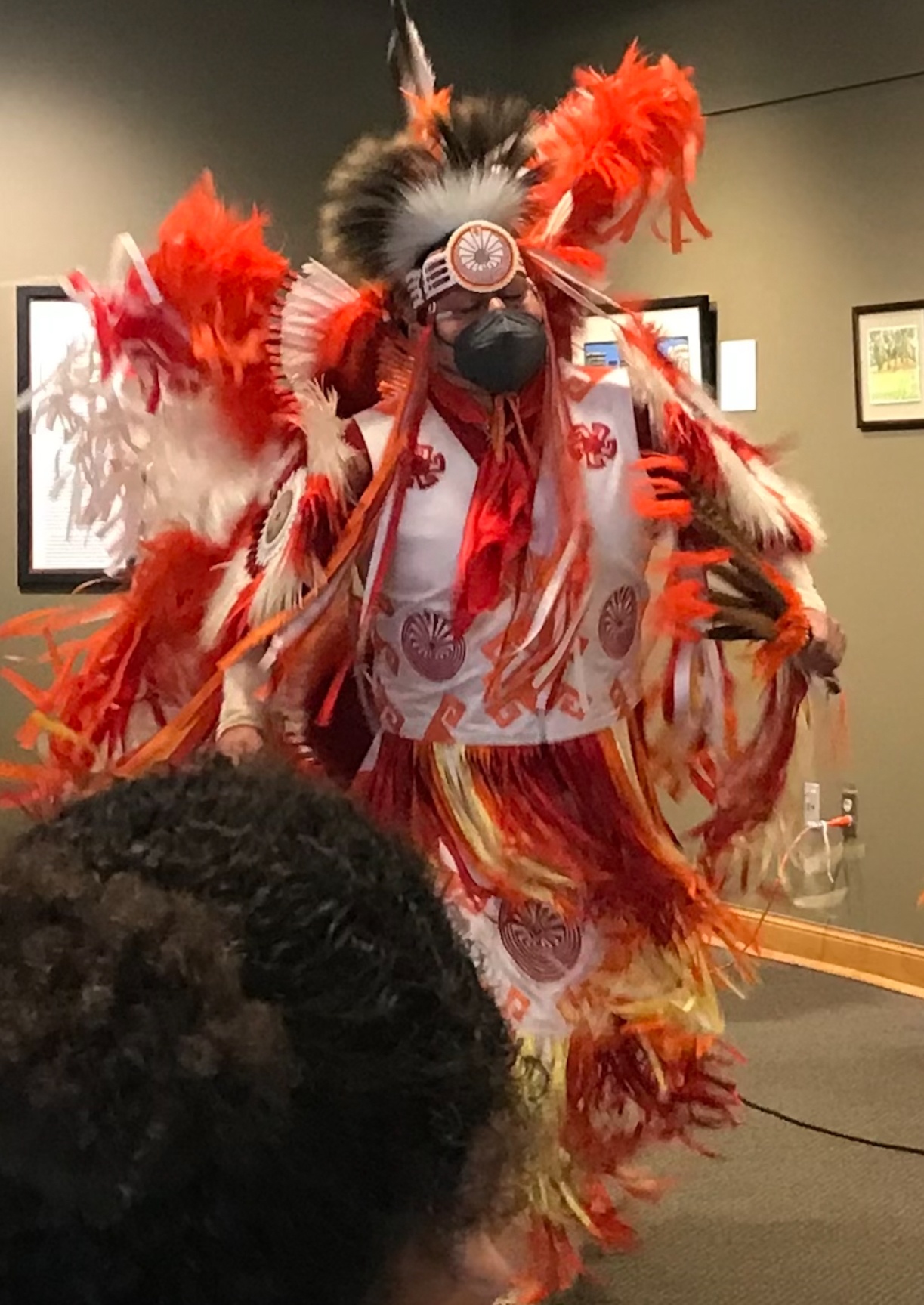
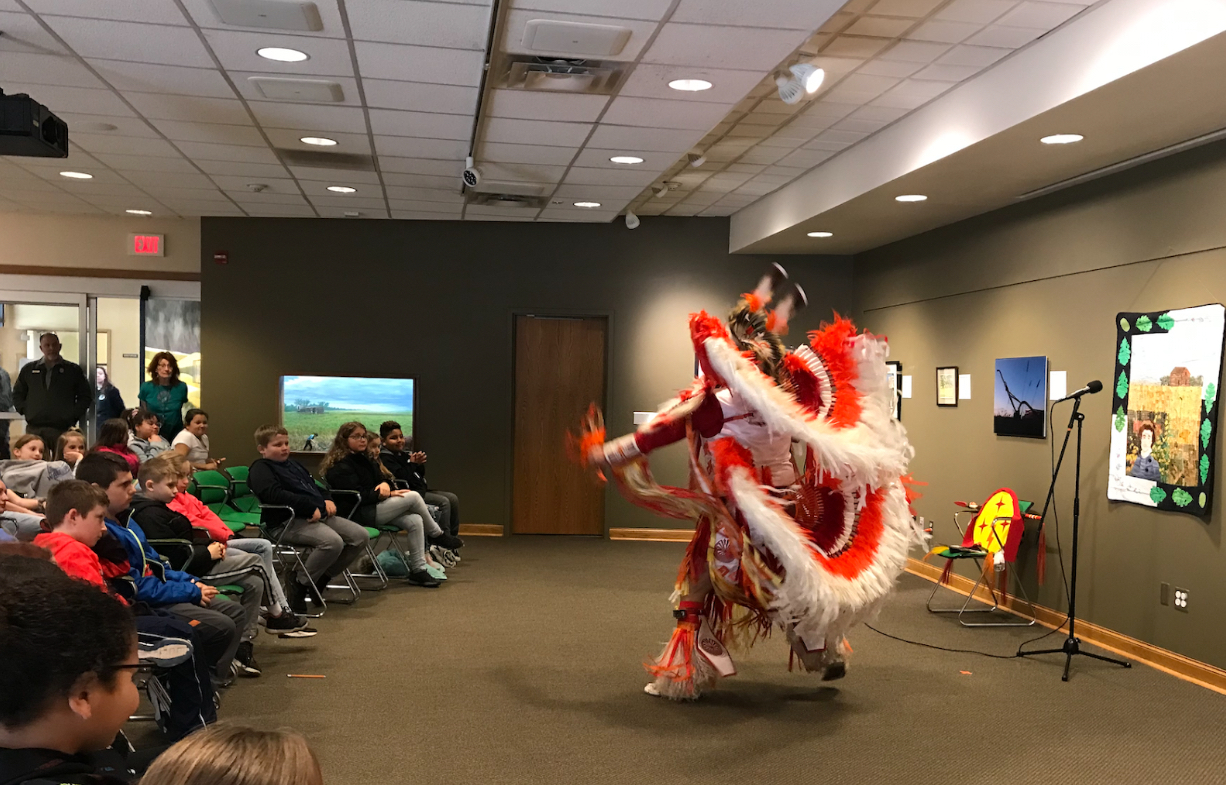
Two elementary and two high schools in rural and urban areas piloted lessons and actively gave feedback on student engagement and the resource materials. After the project, all students and teachers involved spent the day at Homestead National Historical Park. They spent time with the rangers and TCs asking questions and further exploring the history of the park in person. Tribal partners presented their culture touching upon how homesteading directed and changed land ownership for Natives.
As with any project, the excitement of planning and preparing pales to seeing how students interact with the material. This project was no different. Observing students who struggle with language skills write more and feverishly to share and discuss, hearing their conversations flit between the homesteading topics/histories shared, and watching the students light with recognition finding they could transfer historical knowledge from one topic to another were present throughout the project regardless of grade level.
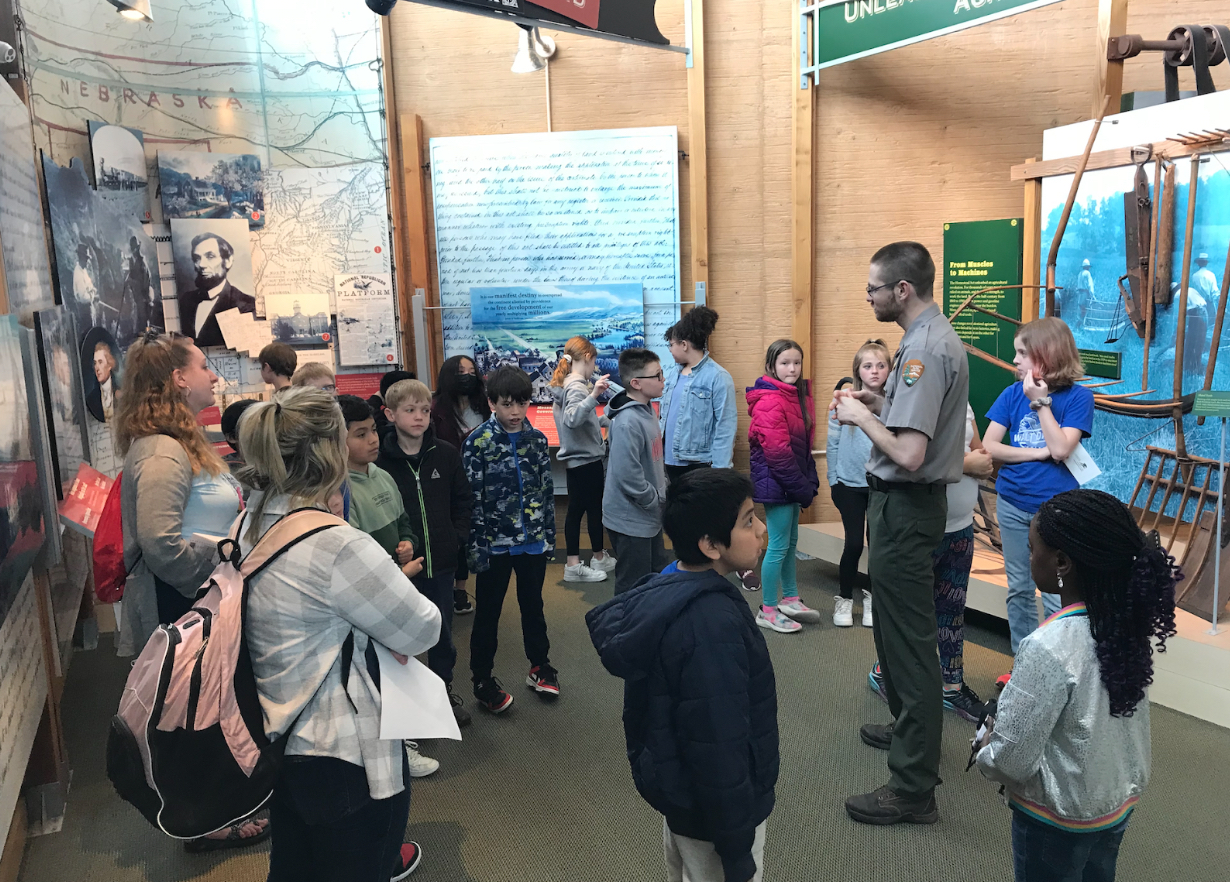
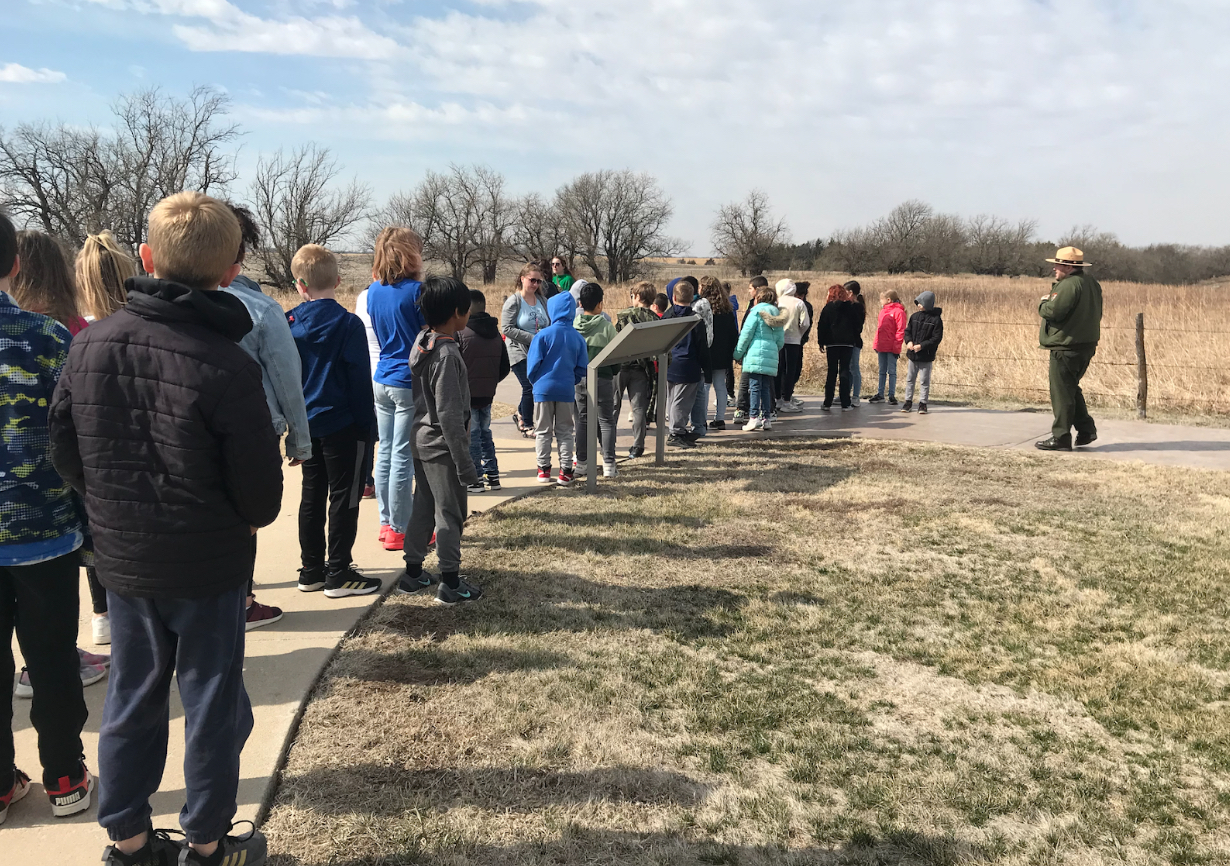
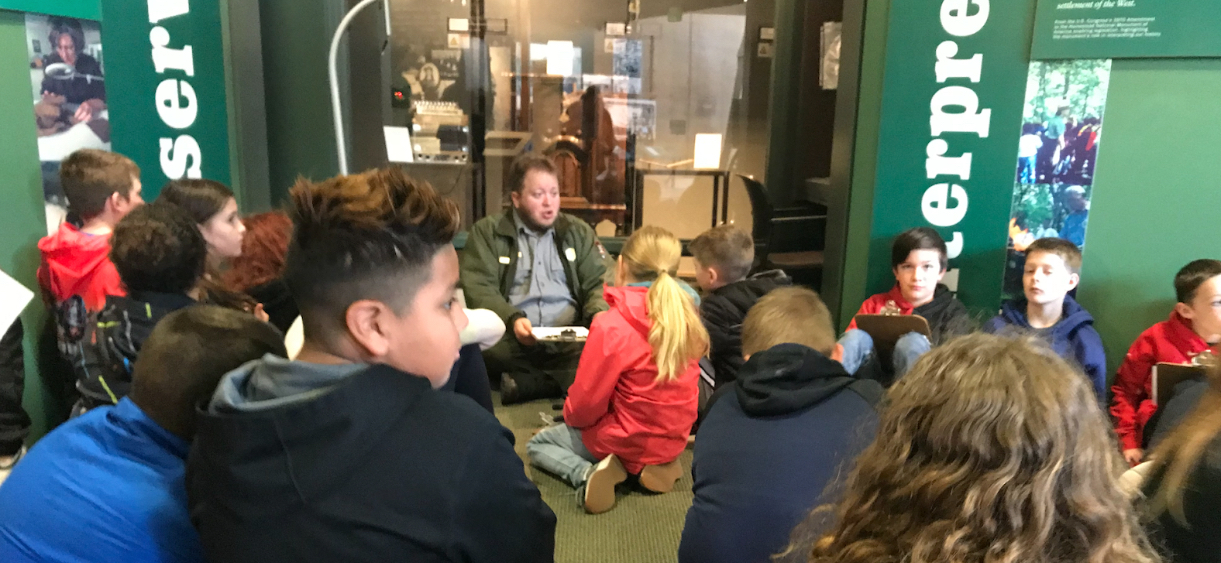
It was consistently obvious students not only engaged with these topics differently but personally due to reflecting on a wide array of historical viewpoints and discourse. What shone through was the magic of the C3WP approach: the depth to which the students involve themselves in a topic without realizing the writing or thinking skills they are reaching and securing.
One fourth grader, fingering a well-worn notebook filled with earmarked written notes and reflections, wanted to continue with additional units because "They were interesting and got them out of writing." Others stood stunned at the end of the trip to Homestead, not ready to leave the rangers. In essence, most students wanted just a bit more. Innately they knew the single story often told of homesteading was incomplete. Homesteading was not one tale, but a blend of stories that when combined round out a flat or single story becoming more understandable and more complete.
The high school and upper elementary materials for the No Such Thing as Free Land are free for public use and are located on this website.
Thank you to the team that included Dan Boster PhD and Andrea Hartman from Ralston High School, Lindsay Daniels, Cara Morgenson, and Trinity Kennedy from Lincoln Public High Schools, Brenda Hansel from Stoddard Elementary, Sam Aulner and Diana Weis from Disney Elementary, Amber Kirkendall, Jonathan Fairchild, Eric VanVleet, and Lili VanVleet from Homestead National Historical Monument.

